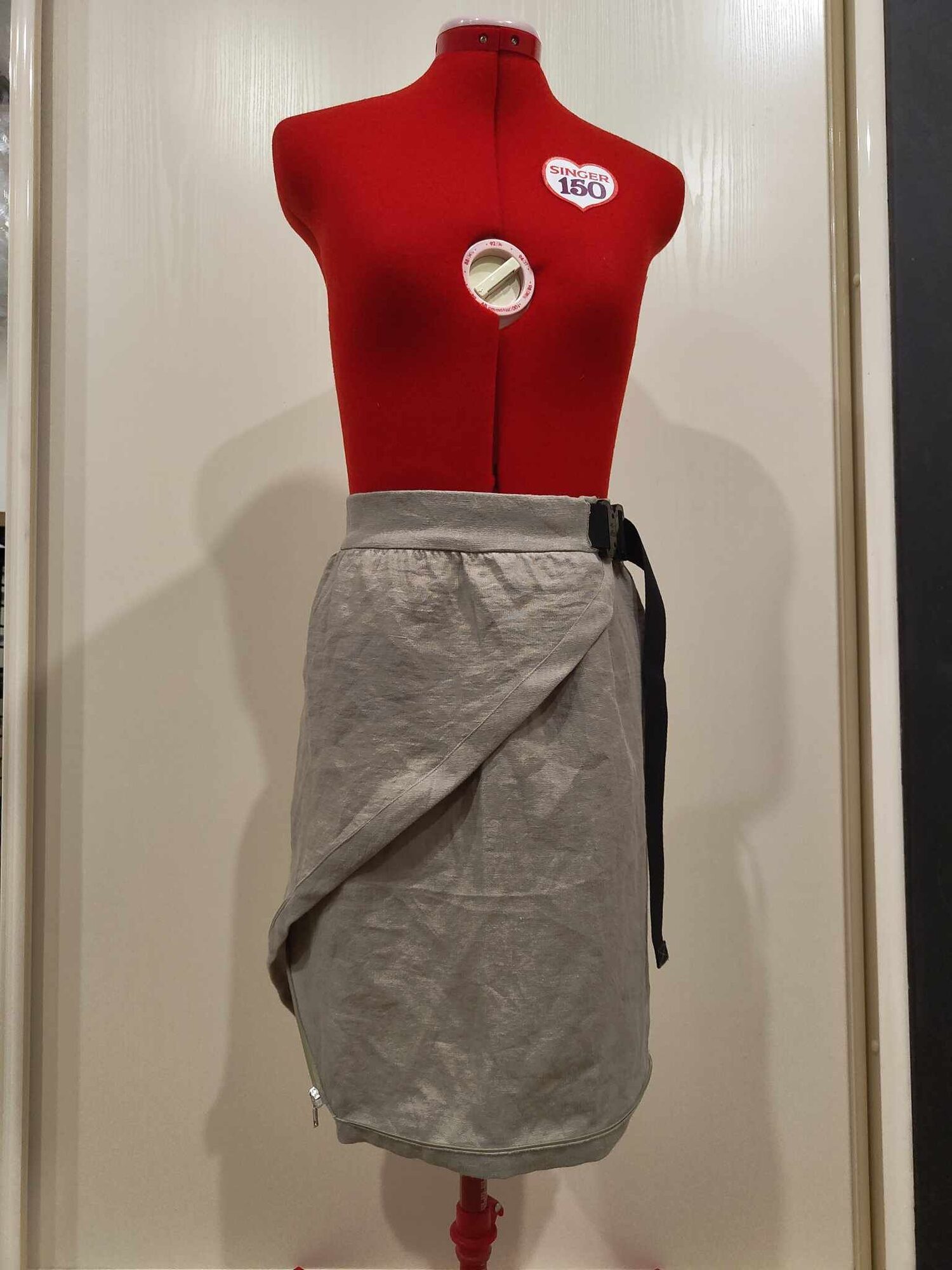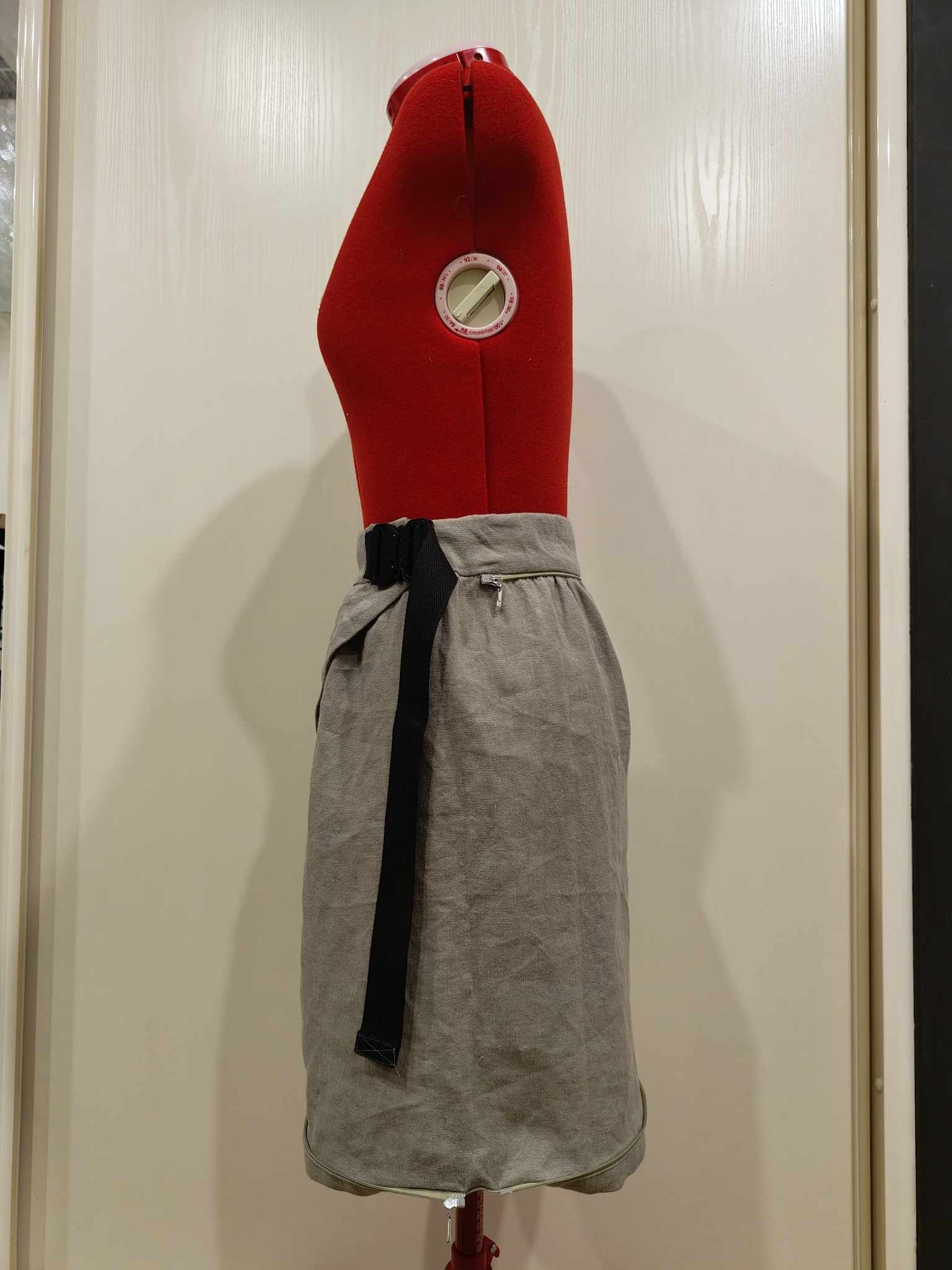Trias
Category: Apparel
During my graduate exhibition, I was offered a sponsorship to participate in Eco-Fashion Week 2024. This opportunity requires me to create a new collection, which I am naming ‘Modern Offspring.’ In this collection, I aim to combine sustainable methodologies and materials with industry-focused processes and modular aspects to create a range of trans-seasonal garments that stand the test of time. It’s a concept where Mother Nature and Father Industry meet and fall in love. One of the key pieces in the collection is an item titled ‘Trias,’ which is a conjunction between a bottom, outerwear, and an accessory. Concept Inspiration As society advances towards a more fast-paced technological age, we have been corrupted by civilisation and began to lose touch with our ancient practices and deep spiritual connection to the land. Inspired by Jean-Jacques’s Theory of the “noble savage”, garments of ancient, sustainable cultures and contemporary tech-wear, Modern Offspring attempts to use an ecocentrist viewpoint by not disregarding modern technology, but taking advantage of it and fusing it with ancient practices of making to create a sustainable, modular and harmonious collection that is an offspring from mother nature and father industry. Sustainable fibres are used with modern methodologies to construct longevity garments that last the test of time. Modular aspects are fused within the garments giving them various forms and purposes granting them a sense of usability. While zero waste and kinetic pattern-making methodologies are fused within the process creating a deeper attachment towards the wearer. This collection asks the audience if it is possible to infuse both the ancient and modern world to create a future where garments hold a sense of significance. Design Overview The Trias works as a modular garment that can be used as both a skirt and a cape and it can even transform into a bag. Giving the garment multiple senses of function increases the amount of time the wearer can use it, which can essentially eliminate over-consumption by consumers. The overall design is created on a zero-waste pattern, eliminating fabric waste, the material used is woven hemp fabric that is ethically sourced and produced, meaning there is no harsh labour or environmental impactful. If a design serves multiple uses, the more attached the wearer will be to it, people value something that can help make their lives easier, why would anyone disregard something that helps them?



 Copy URL
Copy URL
 Login to Like
Login to Like 